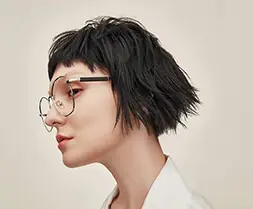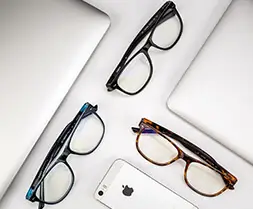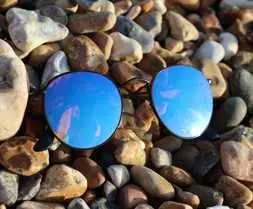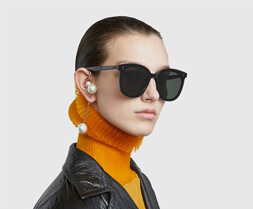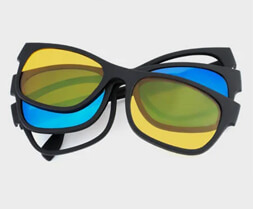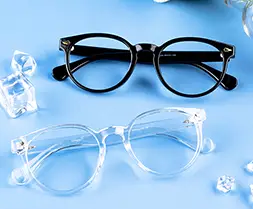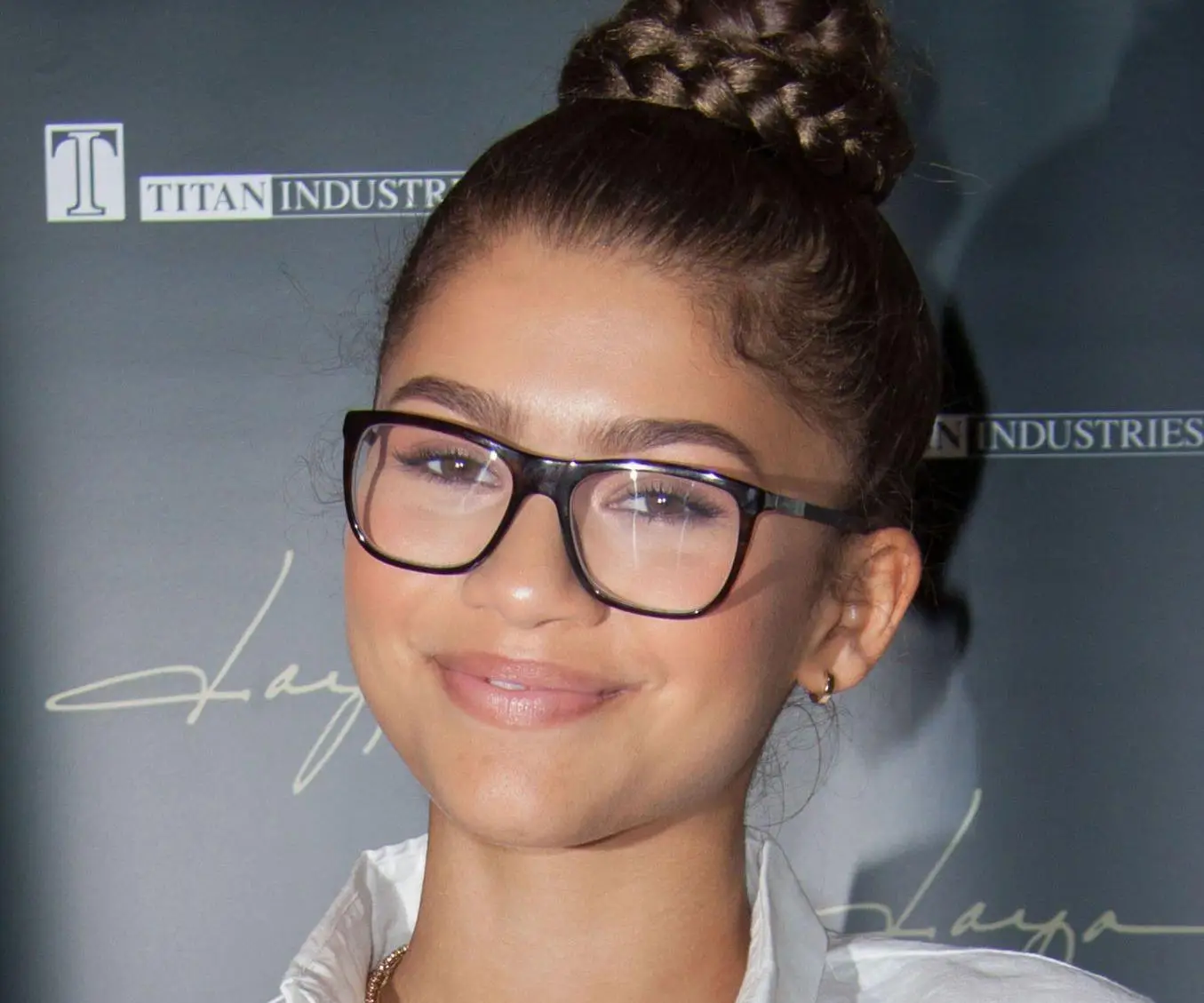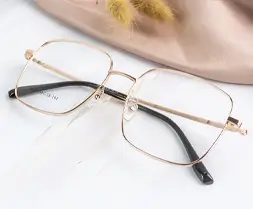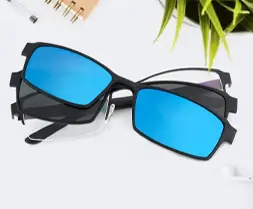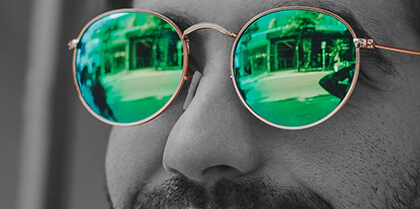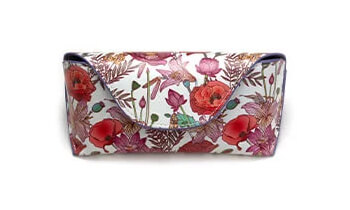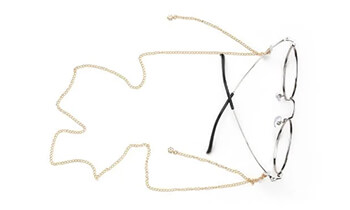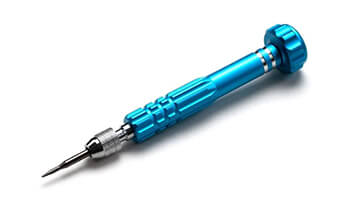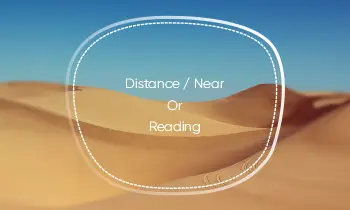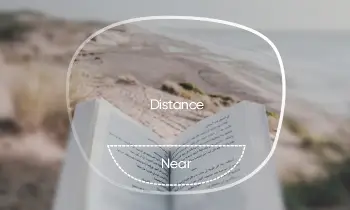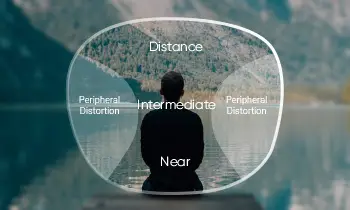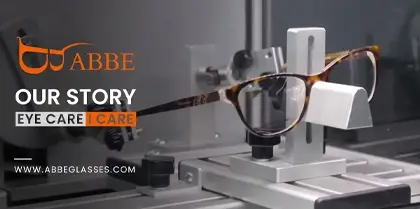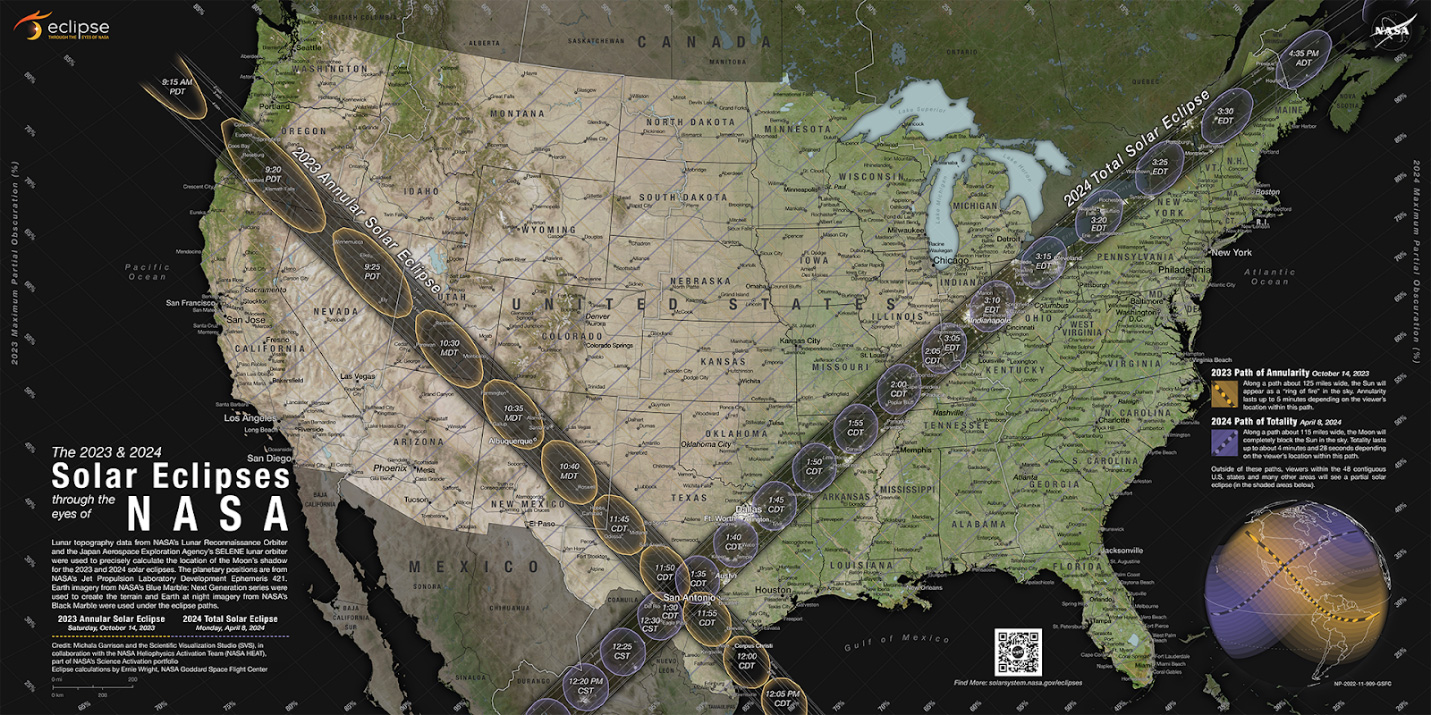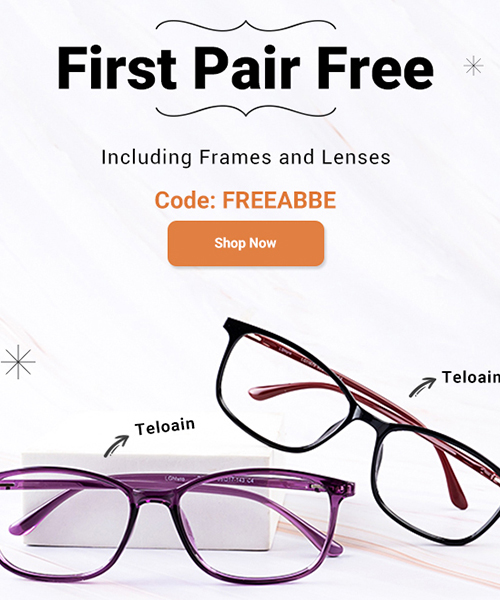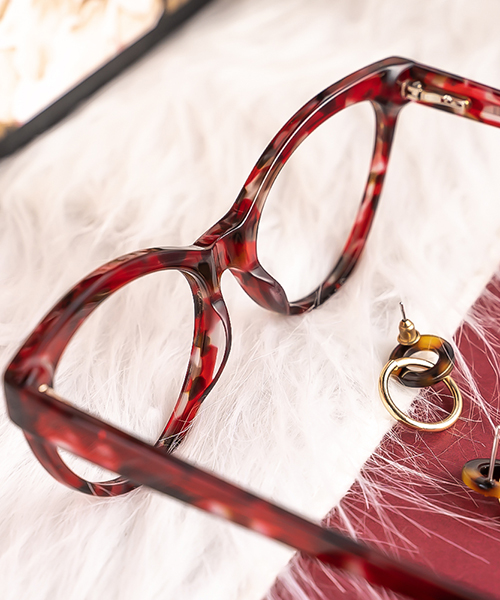NASA says a total solar eclipse astronomical spectacle is coming to the U.S. The next total solar eclipse visible in the U.S. will occur on April 8, 2024, less than a year from now. Astronomy lovers, get out your date books and mark your calendars!
According to NASA, the band of a total solar eclipse is located in the continental United States from Texas to Maine - parts of Mexico and Canada. The best time to observe is between 12:30 and 4:30 p.m. that day. Others watching nearby should be able to see the partial solar eclipse when the sun looks like it has taken a bite out of it.
While other solar eclipses occur more frequently, the last time a total solar eclipse crossed North America was on Aug. 21, 2017. The eclipse drew national attention that day, with large numbers of observers gathering in public places to get a better view of the spectacle. In addition to finding a good location, you'll need the tools to observe a total solar eclipse in advance, and purchasing a pair of professional eclipse glasses is a good option.
What is solar eclipse glasses?
Solar eclipse glasses are also called "total solar eclipse glasses," "solar eclipse observation glasses," "solar viewing glasses," and so on. It is a professional observation tool for watching solar eclipses (partial, annular, and total eclipses) and protecting the safety of human eyes. The core part is the lens, which must use a professional light-reducing lens or light-reducing coating. There are materials such as metal-plated coatings, polycarbonate, and polyester fiber soft coatings. The safer total solar eclipse observation lens is produced using the technology and process of metal coating. A simple way for consumers to determine whether the solar eclipse observation lens is metal coated is to observe whether the color of both sides of the lens is silvery white. If you buy a special observation lens, as long as you wear the observation lens, to see no problem, but pay attention to check whether the surface of the filter coating is scratched or worn.
Other tools for observing solar eclipses
There are many tools for observing solar eclipses. In addition to using eclipse glasses, the following methods can be used:
- Small-hole imaging method of observation - use a needle to pierce a small hole in the paper and observe the total solar eclipse through the projection of the hole on another paper surface or other interface.
- Telescope projection method - the image of the sun will be projected on the ground after passing through the telescope, and the total solar eclipse will be observed by observing the projection. However, the total solar eclipse should never be viewed directly through a telescope, as this can lead to blindness in severe cases.
- Viewing the "leakage" method, which is the same as the principle of small hole imaging. Find a few trees, and through the leaves cast on the ground shadow, you can also see the eclipse.
The following wrong way of observation is risky and can seriously cause permanent vision damage,DO NOT imitate!
1. Eyes directly visual. This behavior will cause burns to the retina, which is very dangerous!
2. X-ray negatives, the bottom of beer bottles, etc., the principle of no problem, but can not effectively filter out ultraviolet and infrared, can not completely guarantee the safety of observation.
3. Candle-smoked glass, which is also a relatively early native method. Glass pieces are not easy to find, need open fire, and not all baked black is still dangerous. And due to the degree of blackening, glass thickness, and other uneven problems, it can not fully guarantee the safety of observation.
4. Poured into the ink of the water, the viewing effect is poor and will still reflect more sunlight into the eyes of the observer.
5. Shades/sunglasses, not specifically designed for the observation of the eclipse, light transmission is still very high, and directly wearing shades/sunglasses observation of the eclipse will hurt the eyes.
Special emphasis: prolonged viewing is strictly forbidden to avoid burning your eyes with the strong sunlight!
We should be careful not to wear sunglasses, which is one of the most dangerous ways to observe a total solar eclipse and one of the most widely spread methods.


